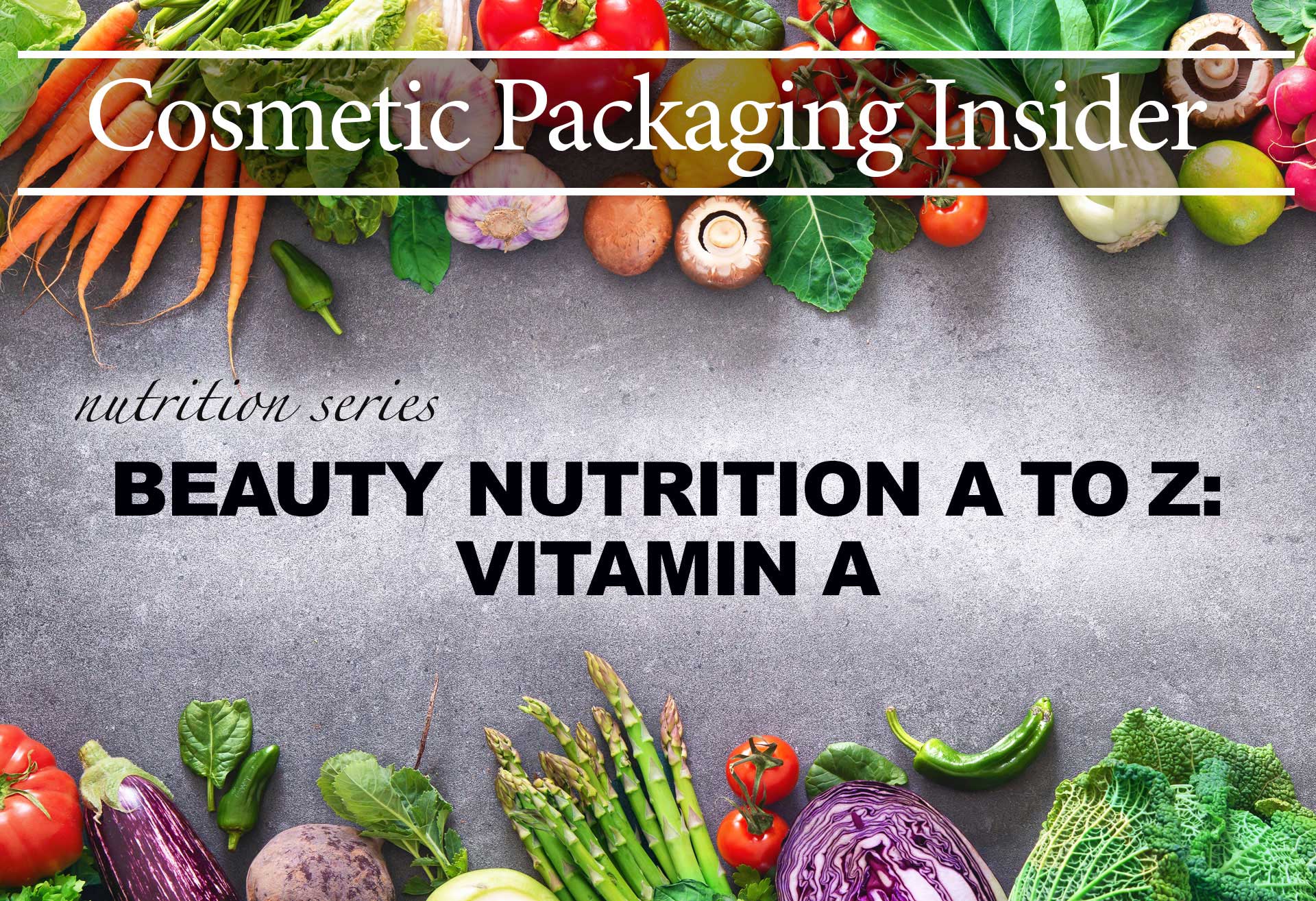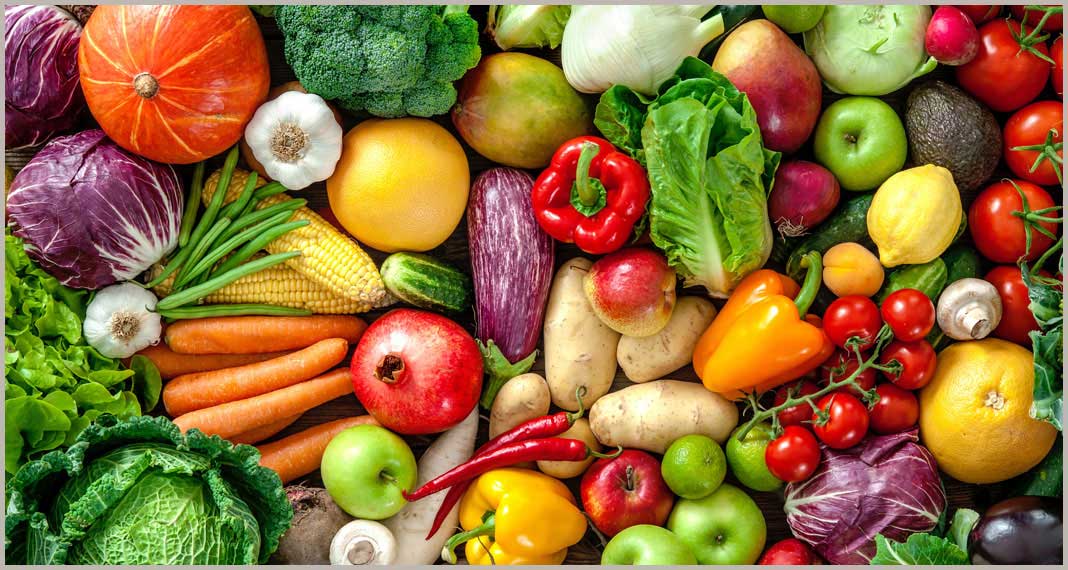
Your online cosmetic and personal care product packaging resource!
“diets rich in carotenoid-containing foods not only benefit the skin and eyes, but also decrease the risk of cardiovascular disease and some cancers.”


n this multi-part series we will explore important nutritional components that are essential for good health and lasting beauty. First up, Vitamin A.

Vitamin A (Retinol) is an essential fat soluble vitamin that can be obtained from the diet via two main sources – animal products and plants. Animal products that are good sources of vitamin A include egg yolks, liver, cod liver oil, fish and some dairy products. The vitamin A found in these foods is considered preformed and is easily absorbed and utilized by the body.
Vitamin A can also be obtained by eating a variety of fruits and vegetables such as dark leafy greens, sweet potatoes, squash, cantaloupe, broccoli, and yellow corn. The vitamin A acquired from eating fruits and vegetables is in the form of carotenoids, such as beta-carotene. Carotenoids are a provitamin version of vitamin A and are converted to vitamin A in the intestines.
Vitamin A is an essential micronutrient, and a deficiency can lead to blindness, increased risk of infections, and skin problems. Adequate levels of vitamin A help maintain more youthful looking skin by interfering with the breakdown of collagen associated with sun exposure, in conjunction with safe and sensible sunlight protection methods. Vitamin A also helps the skin by promoting injury healing, and helps to prevent dryness.
Studies have shown that diets rich in carotenoid-containing foods not only benefit the skin and eyes, but also decrease the risk of cardiovascular disease and some cancers. However, interventional studies using high dose supplemental beta-carotene or vitamin A have not shown those benefits. In fact, in some of these studies, high dose supplementation showed an increase in cardiovascular disease and cancer, especially in smokers, former smokers and people who worked with asbestos.
As with so many micronutrients, vitamin A seems to exhibit a U-shaped curve with regard to proper dosage – too little or too much is harmful. It is also important to point out that nutrients derived from food may be processed differently than supplemental forms, and flooding the body with high dose supplements could actually end up doing more harm than good. Each year in the United States over 60,000 cases of vitamin A toxicity are reported. For pregnant women taking high dose vitamin A supplements, it is estimated that up to 1 in 57 births will result in a congenital disability.
Topical vitamin A preparations are also available, and are often marketed as anti-aging compounds. While the risk of systemic toxicity from topical vitamin A is very low, adverse skin reactions have been reported. Some studies have shown that topical retinyl palmitate, a form of vitamin A, can cause tumors and skin lesions in the presence of sunlight, so it is advised that these products be applied to the skin at night, and adequate sun protection is used during daylight hours.
As with most nutrients, unless you are addressing a specific, known deficiency, it is best to get your vitamins from food, and talk to your doctor before taking high dose supplements. Consuming an abundant variety of fruits and vegetables, along with moderate amounts of animal products if you so choose, should provide all the vitamin A you need, along with numerous other nutrients that are beneficial to both your inner and outer beauty and health. December 2020
C O S M E T I C P A C K A G I N G I N S I D E R
Your online cosmetic and personal care product packaging resource!



